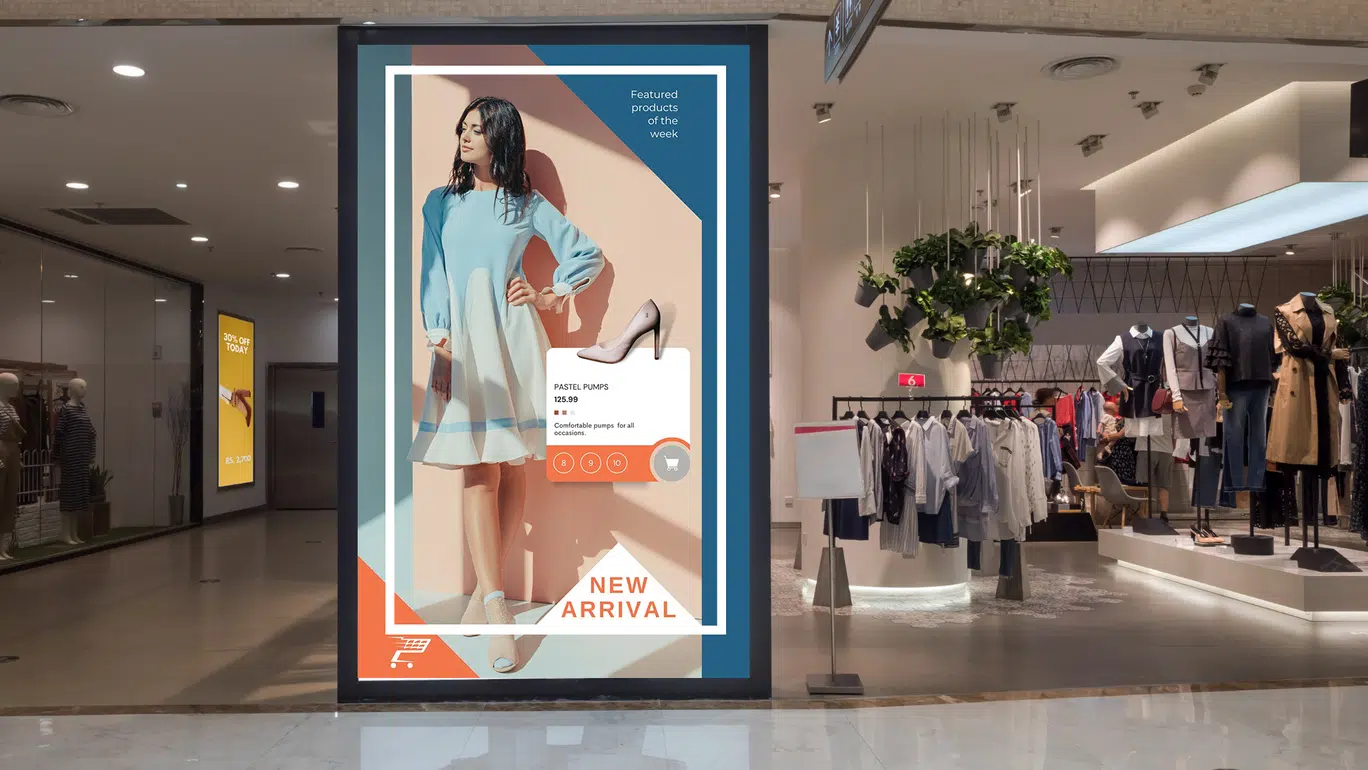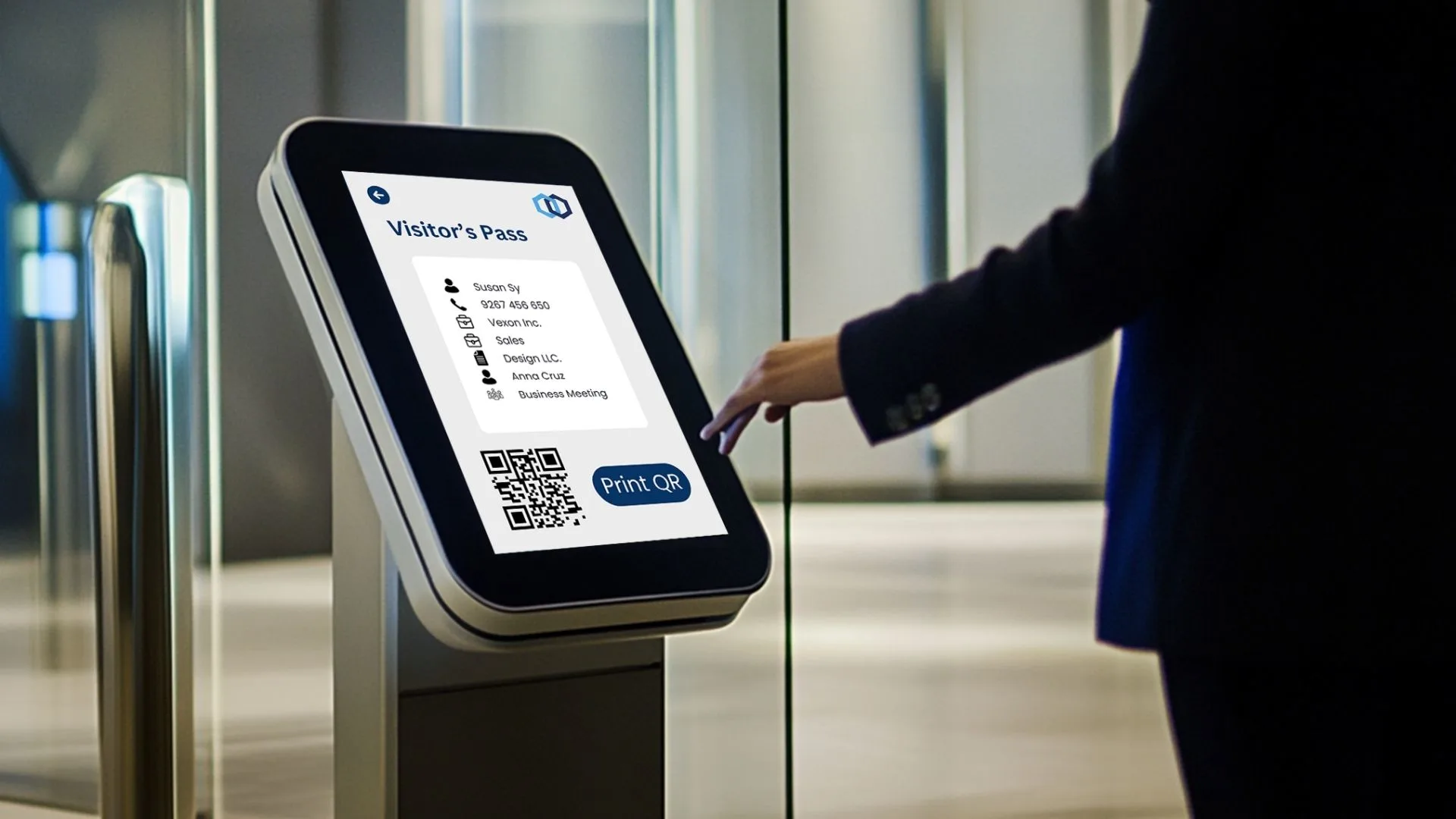What is Digital Signage? Find Out How It Can Benefit You Today
by Jasdeep Kohli
What is Digital Signage? Find Out How It Can Benefit You Today
by Scala Team
Overview of the Global Digital Signage Market
The global digital signage market size is projected to grow from US$17.23 billion in 2018 to US$32.12 billion by 2026, with a CAGR of 8.1% from 2019 to 2026.
Among products, kiosks are expected to witness the highest growth with a CAGR of 9.9%. In terms of location, outdoor digital signage is expected to grow at a CAGR of 9.7% and exceed demand for indoor digital signage during the forecast period. (Allied Market Research, 2020).
Asia Pacific is projected to emerge as the largest digital signage market in 2026.

Three key factors fuel growth of the APAC digital signage industry
– Increasing adoption of digital and next-generation technologies
– Infrastructure developments in China, South Korea and India
– Growth of retail, banking and transportation industries
What is Digital Signage?
Intelligent Components of a Digital Signage Network
Digital signage is an electronic sign used to convey information to customers. It uses an LCD, LED, or projection screen to display eye-catching visuals and messages.
Businesses across industries leverage digital signage to propel their marketing, enhance the customer experience and increase audience engagement.
The three key elements of digital signage are:
Hardware – Hardware refers to the physical aspects necessary to display brand messaging and captivate attention. An ensemble of digital screens, mounting materials, media players and the necessary wiring is used to deploy digital signage.
Software – Software is the digital infrastructure facilitating the deployment, management and analysis of content and design on digital screens.
Content Management System – A computer application that enables customization, scheduling, monitoring and deployment of content across a network of digital displays.
Benefits of Digital Signage
The rising adoption of digital signage in the last few years is driven by its capabilities and inimitable advantages.
Here are several consistent benefits of digital signage.
Enhance Customer Experience – Digital signage reshapes customer experiences by delivering unique, interactive and personalised experiences without requiring physical touch. Digital signage also supports an omnichannel experience.

Decrease Perceived Waiting Times – Use of self-checkout kiosks, contactless payments and infotainment on digital screens help to entertain customers while they are waiting. Digital signage reduces the perceived wait time at checkouts by as much as 35%

Boost Revenue – Strategically placed digital signage displays featuring beautiful product visuals stimulate purchase desire and enable cross-selling/upselling to drive revenue. Research shows that digital signage adds an upswing in overall sales volume by 31.8%.
Digital Signage Use Cases
Many global brands across various industries have capitalised on digital signage to elevate the customer experience, build a strong brand image and increase customer satisfaction.
Region Hovedstaden, the Danish regional government authority( “Digital Signage Case-study”), responsible for healthcare in the capital region of Copenhagen, has deployed more than 500 screens across 20 medical facilities in the region, to ensure that relevant national, regional, facility and department-level medical information destined to the public reach patients in each waiting area.
The information on screen includes preventive healthcare measures, clinic hotline numbers, accident prevention measures, hygiene and patient rights information. Waiting times are updated in a scroll text that runs along the bottom of the screen.
Basic-Fit, the largest budget fitness club chain in Europe created an impressive “Virtual Fitness Experience”, in more than 800 locations across the Netherlands, Belgium, Luxembourg, France and Spain. An LED video wall was deployed to provide an immersive fitness experience. The Virtual Fitness Experience offers live, virtual group lessons to provide a comprehensive and complete exercise experience.
Leading retail brands have leveraged digital signage to create a “phygital” environment and offer an unparalleled shopping experience for customers.
Ralph Lauren installed virtual mirrors in its fitting rooms to track which items a shopper has brought into the fitting room. The RFID technology in the mirror combines this with product data — like available sizes, alternative colours, etc. It also offers product recommendations.
Decathlon, one of the largest sport-goods retailers, has introduced self-checkout technology in its new Noida store to provide a safe and seamless shopping experience.
Cosmetics retailer Sephora uses the power of data analytics augmented reality (AR) and artificial intelligence (AI) to become a digital trailblazer. The Sephora mobile application offers a virtual lipstick assistant with rewards and promotions for customers, as well as interactive tools that enable users to experiment with the latest makeup trends and share photos with instant social sharing buttons.
Global Brands Trust Scala
Scala is a global leader in the digital signage industry and offers innovative digital signage and marketing technology solutions. Many global brands in diverse industries (i.e. retail, QSR, healthcare, banking etc.) have leveraged Scala digital signage solutions to transform their customer experiences. Read our successful case studies here“Scala Digital Signage Case-studies”
About the Author:
Jasdeep Kohli,




